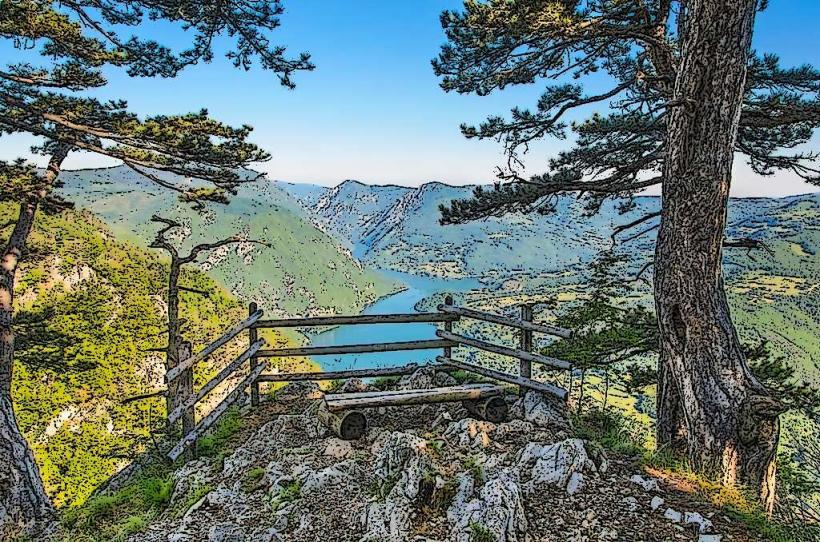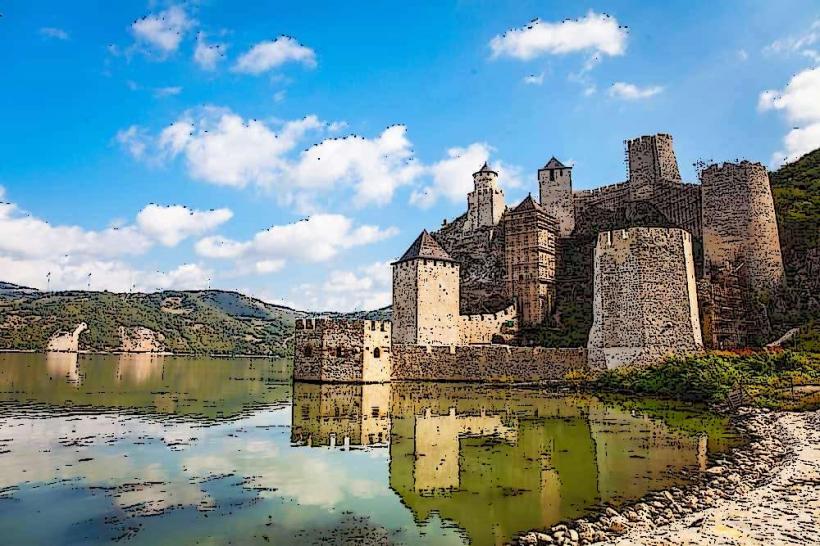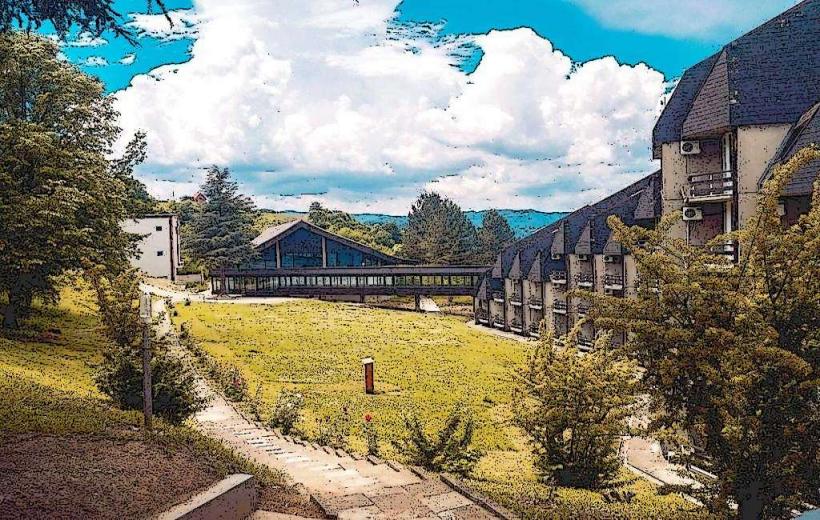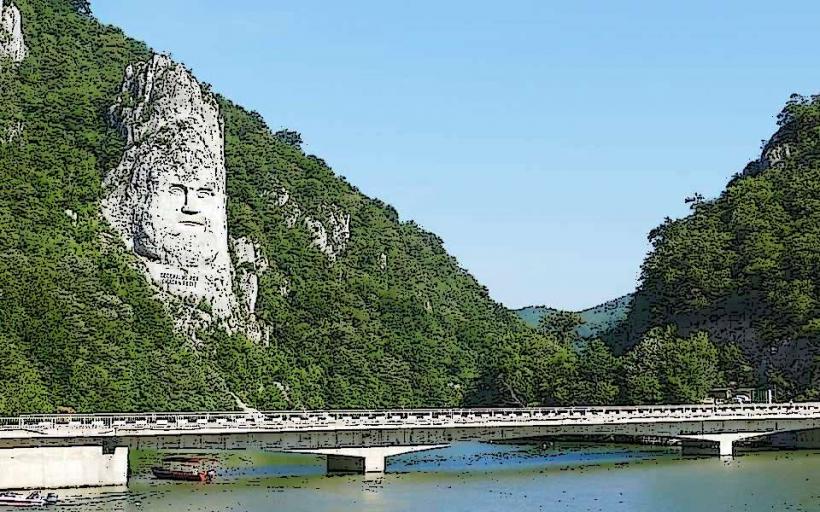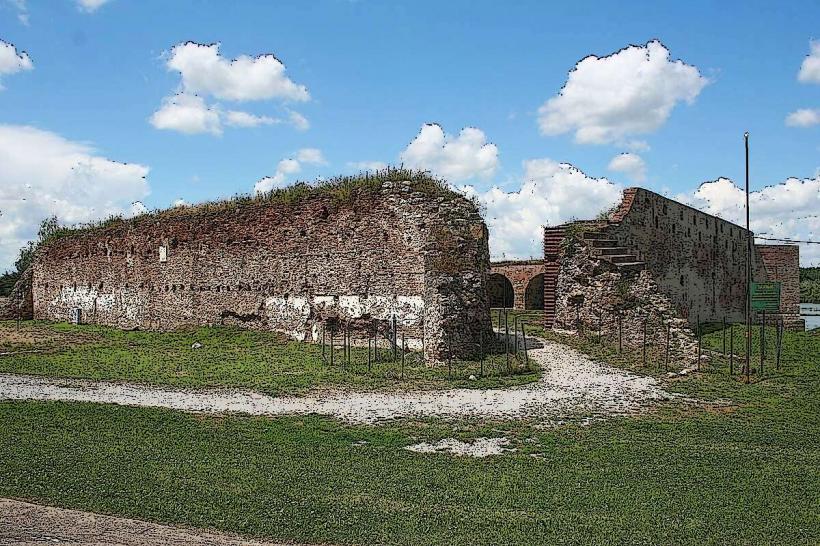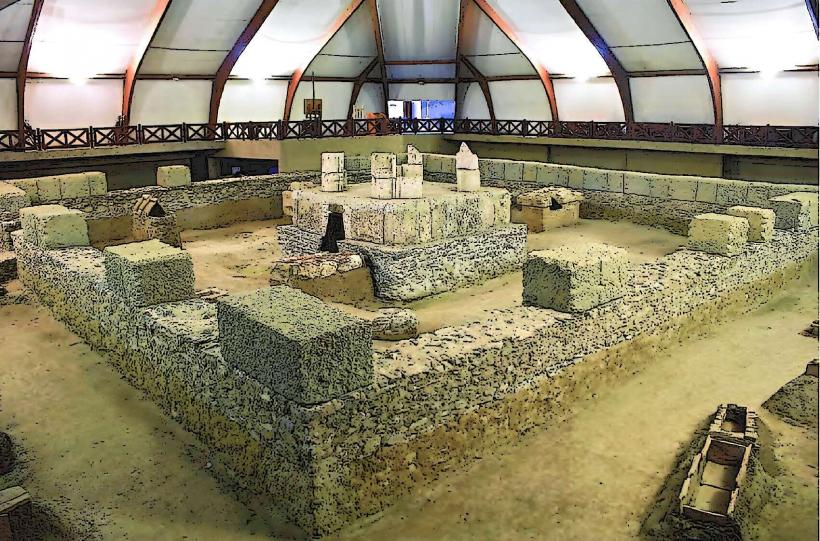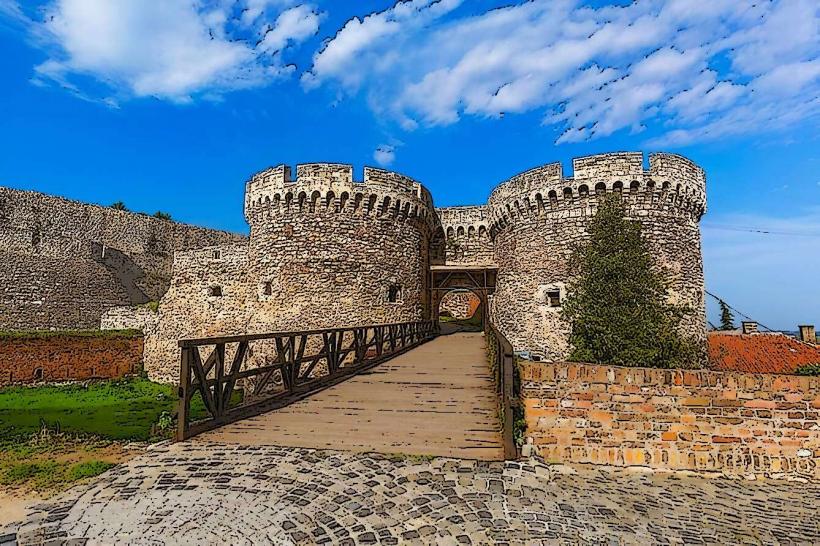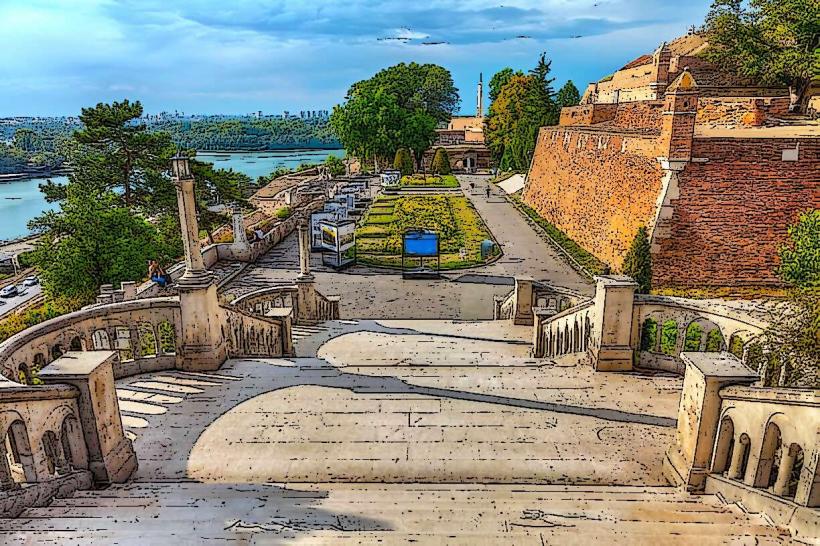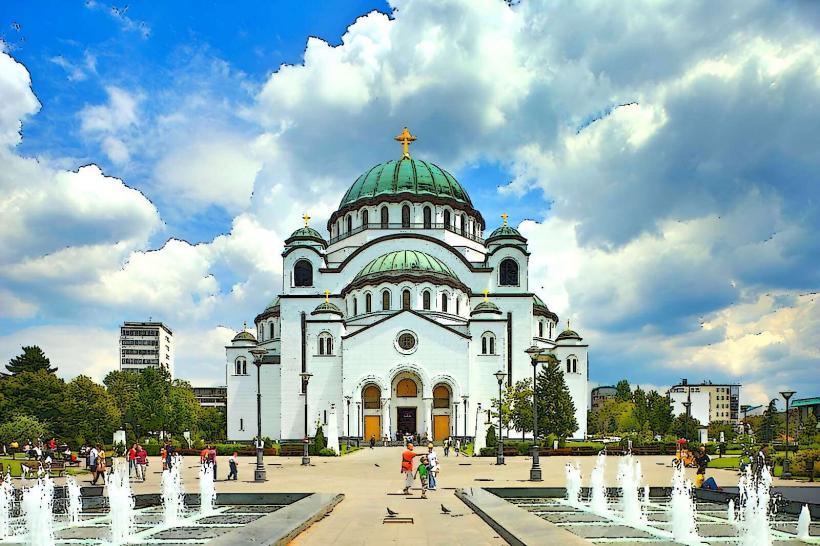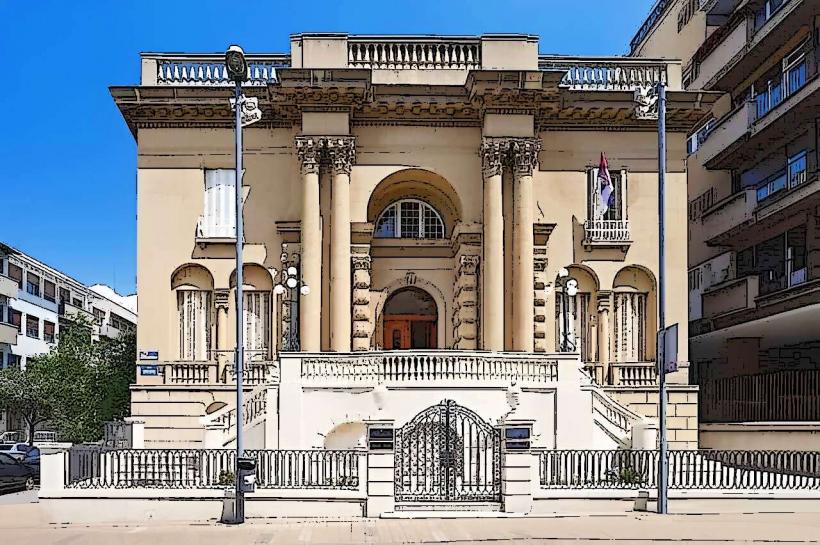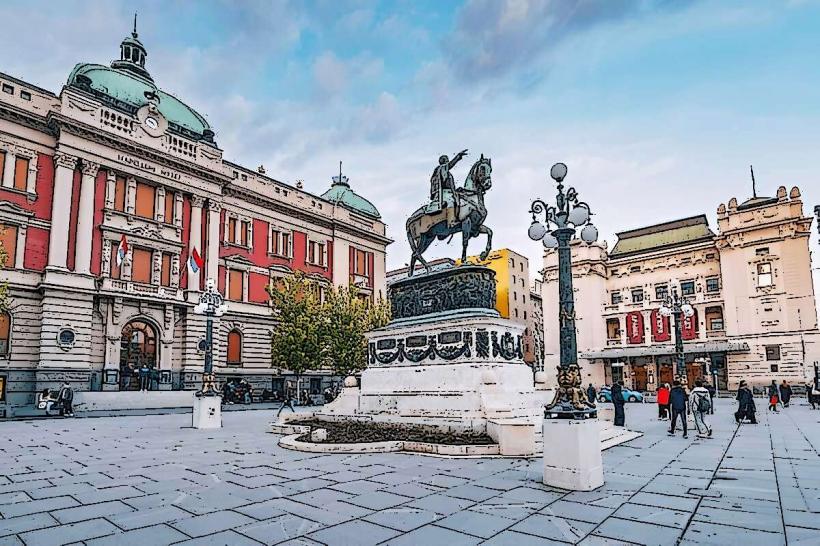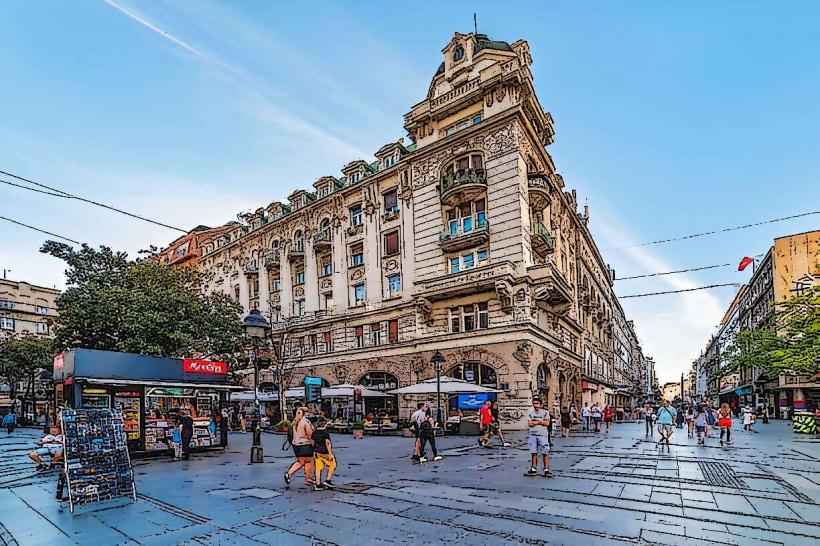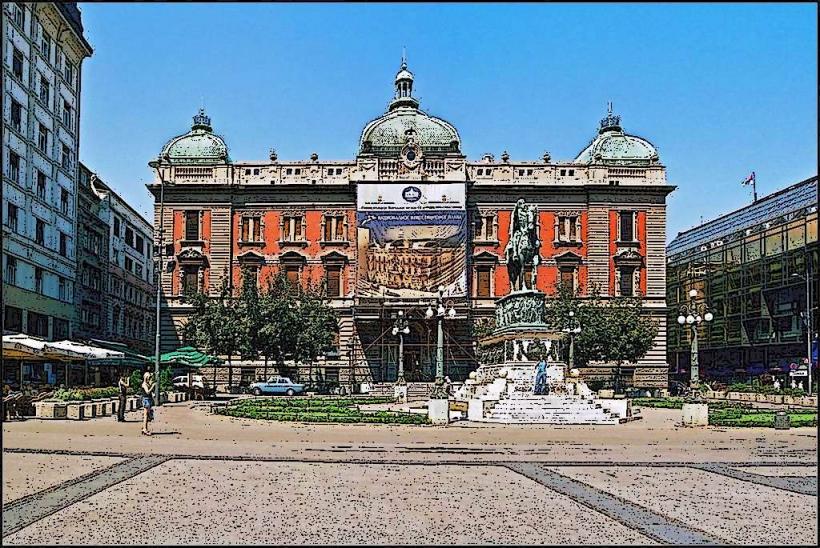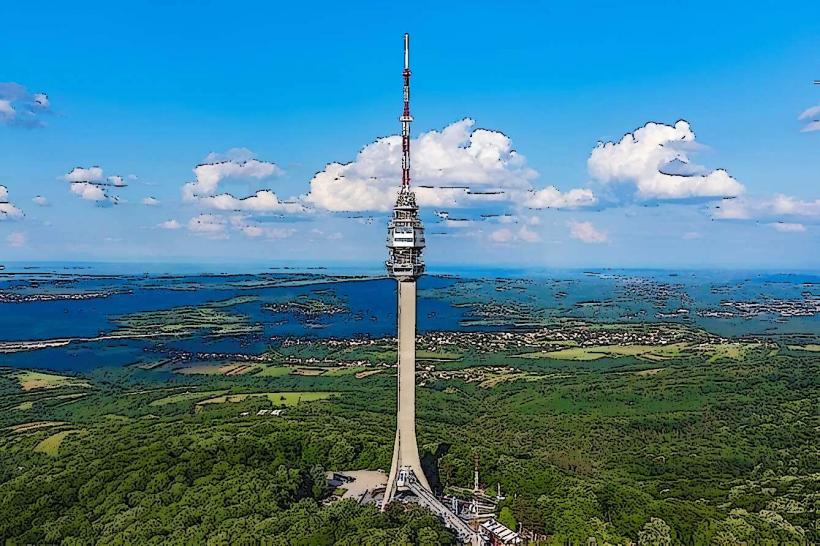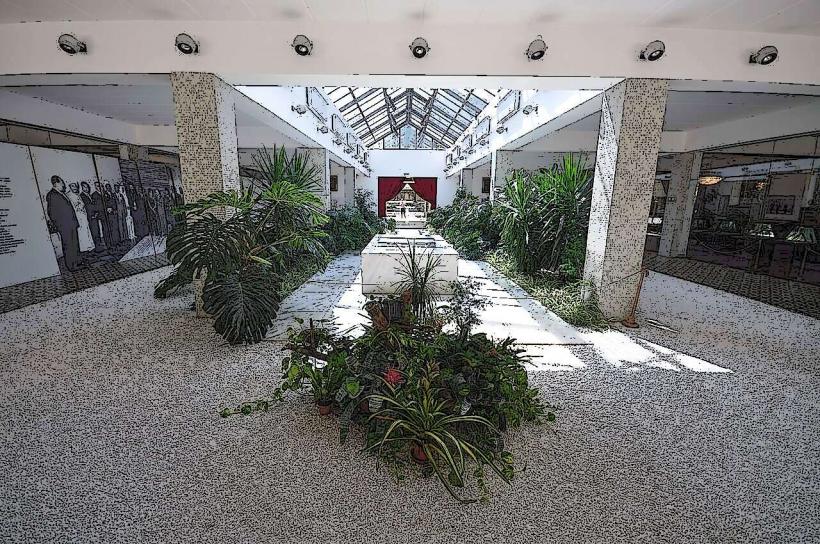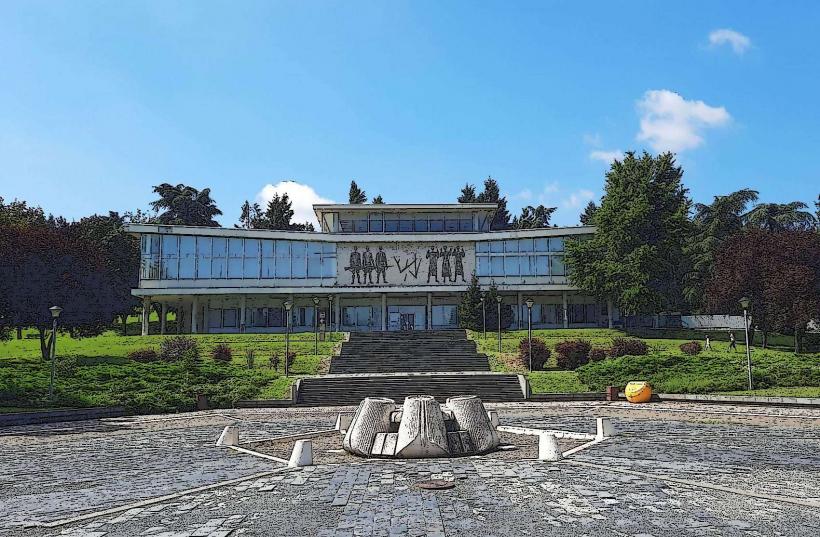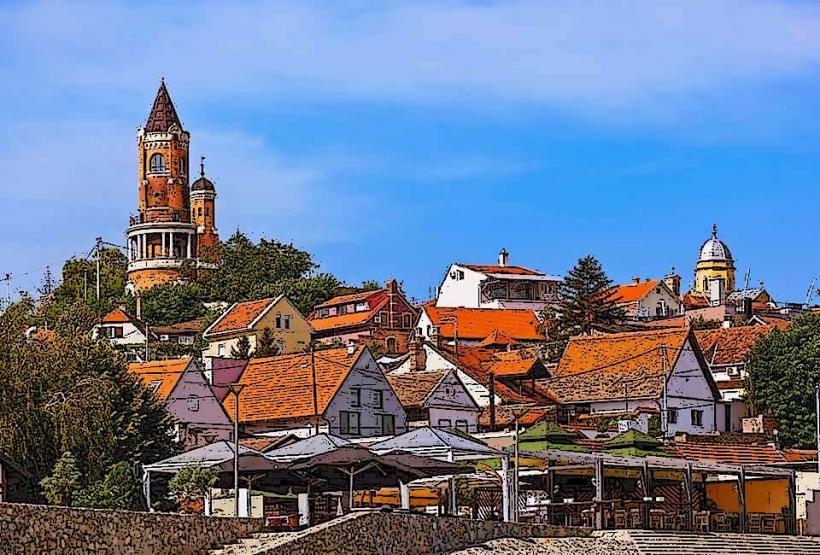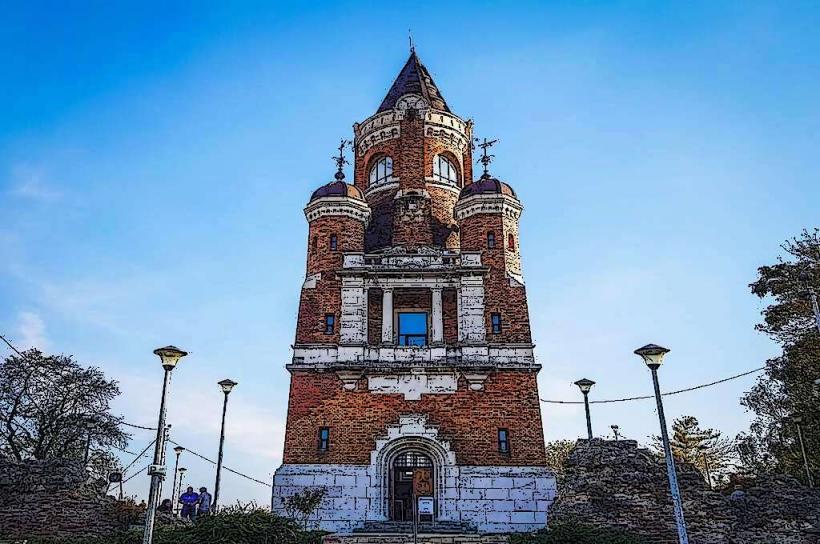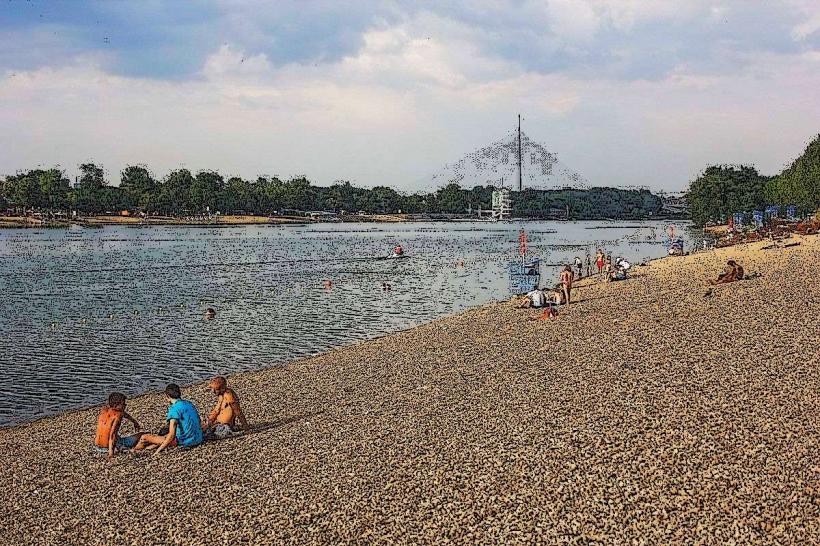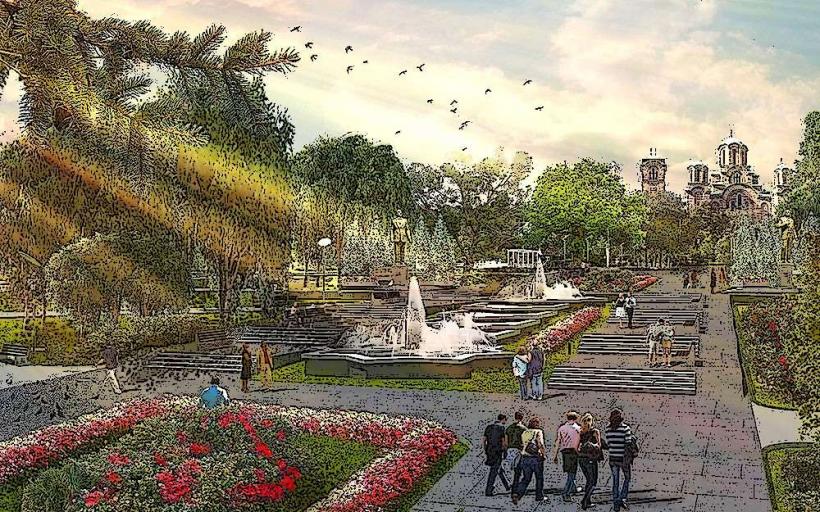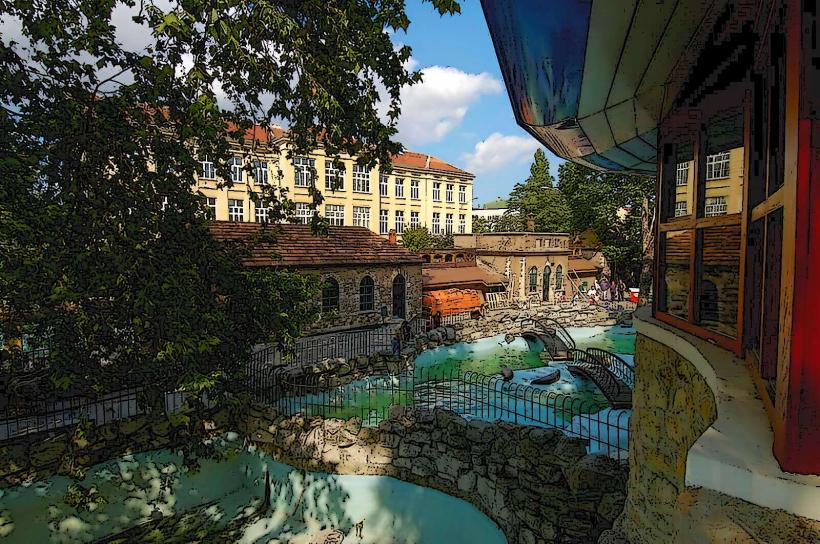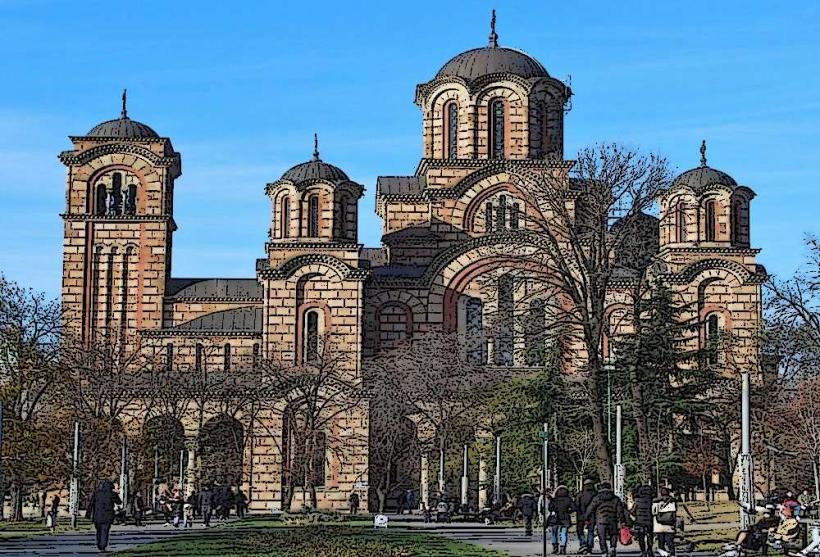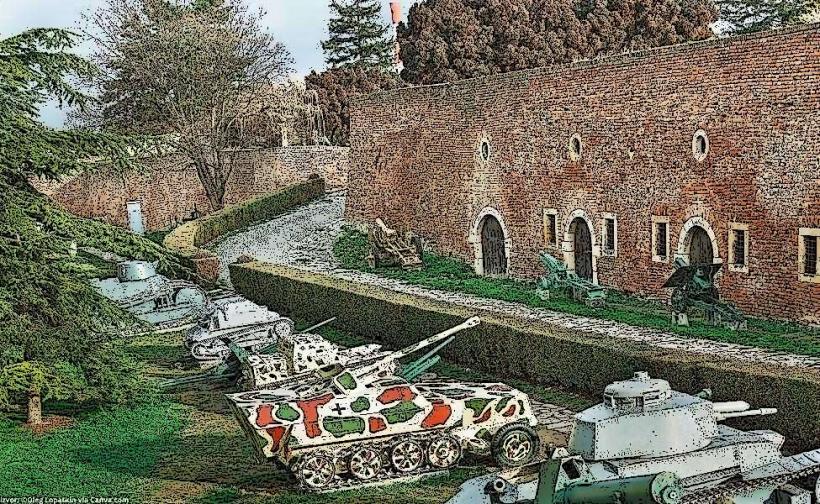Information
Landmark: Vršac TowerCity: Belgrade
Country: Serbia
Continent: Europe
Vršac Tower (also known as Vršac Fortress or Vršac Castle) is an important historical landmark in the town of Vršac, located in the eastern part of Vojvodina, Serbia. The tower is a significant cultural and architectural heritage site, offering a glimpse into the region's medieval history, fortification systems, and strategic military role.
Historical Background
Origins and Construction: The Vršac Tower dates back to the 13th century, during the medieval period when the region was part of the Kingdom of Hungary. It was likely built by the Hungarian kings to secure the border region, which was strategically important in defending against the advancing Ottoman Empire. The tower and its associated fortress were part of a network of fortifications built in the Vojvodina region to safeguard key settlements.
Ottoman and Habsburg Influence: Over time, the region came under Ottoman rule in the 16th century, and later, it was incorporated into the Austrian Empire (Habsburg Monarchy) after the Ottoman retreat from the region in the late 17th century. Throughout these changes in rule, the Vršac Tower remained a focal point for military activity and defense, although the fortifications were altered during these various periods.
Role in Defense: The primary purpose of Vršac Tower was to serve as a watchtower and defensive stronghold. Its elevated position on the hill offered a strategic advantage, allowing for surveillance of the surrounding plains and a clear view of the Danube River valley. It was particularly important for controlling the region's access routes and providing a base for military defense.
Architectural Features
Design and Structure: The tower is a circular stone structure, which was typical of many medieval fortifications in Europe. It is made of stone blocks and is built to withstand sieges and attacks, featuring thick walls that taper as they rise, making the tower more resilient to damage. The Vršac Tower stands on a hill that provides a panoramic view of the surrounding landscape, which would have been critical for military and defensive purposes.
Height and Layout: The tower itself is relatively tall, with several levels, including a ground floor and upper levels that would have been used for observation, storage, and possibly living quarters for guards. The uppermost level likely featured a wooden platform or a small balcony for spotting incoming enemies. It is not clear whether the tower was fully enclosed, but it would have had strategic openings for archers and defenders to fire upon attackers.
Fortifications: The Vršac Fortress was not just a tower but a larger fortification complex that included walls and bastions, though much of the outer structure has been lost to time. The tower would have served as a central point in the fort's defense system, which included moats or other defensive barriers.
Renovations: Over the centuries, the tower has undergone several renovations and repairs. While much of the original structure remains, certain parts of the tower were rebuilt or reinforced during the 19th century when the site was incorporated into local tourism and preservation efforts.
Cultural and Historical Significance
Symbol of Vršac: The Vršac Tower has become a symbol of the town of Vršac and is one of its most recognized landmarks. It is a representation of the town’s rich history and strategic importance throughout the medieval and early modern periods. The tower remains a prominent feature of the town's skyline and is a testament to the region's complex history of military, cultural, and political shifts.
Historical Context: The Vršac Tower is closely associated with the Austro-Hungarian Empire, as the area was part of the empire's territory for many years. It reflects the military architecture of the time, as well as the need to protect settlements in the Balkan Peninsula from external threats, particularly the Ottoman Empire.
Tourism and Cultural Heritage: Today, the Vršac Tower is a popular tourist attraction in the town of Vršac. It is often visited by those interested in Serbia’s medieval history, military architecture, and Balkan history. The tower is part of an effort to preserve the town’s cultural heritage and is included in various cultural and historical tours around the Vojvodina region.
Visiting Vršac Tower
Location: The Vršac Tower is located on the Vršac Hill, which rises over the town of Vršac. It is easily accessible for visitors and is a central point in the town, located near other attractions such as the Vršac Cathedral and the Vršac Town Square.
Panoramic Views: One of the main attractions of the tower is its panoramic view of the town and the surrounding Vojvodina region. From the top of the tower, visitors can enjoy breathtaking vistas that include the plains of Vojvodina, the Danube River, and the Carpathian Mountains to the north.
Access and Tours: Visitors can climb to the top of the tower, which offers a great spot for photography. The tower is also part of the larger Vršac Fortress complex, which includes a small museum and information about the history of the region. Guided tours are available, providing detailed information about the tower’s history, architectural significance, and role in the region's defense.
Conclusion
The Vršac Tower is a significant historical and architectural monument in Vršac, Serbia. It stands as a reminder of the town's medieval past, its strategic importance in the defense of the region, and the role it played in the development of the Serbian and Hungarian medieval states. Today, it is a popular tourist destination, offering visitors a chance to explore the town's rich history and enjoy spectacular views of the surrounding landscape. Whether you're a history enthusiast, an architecture lover, or just someone interested in exploring Serbia's medieval heritage, the Vršac Tower is a must-see landmark.

